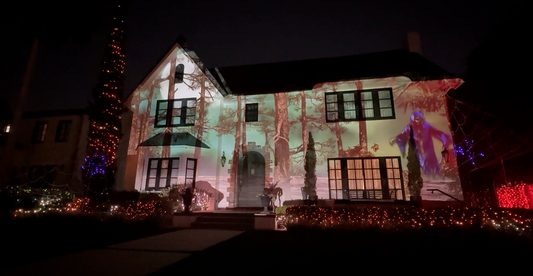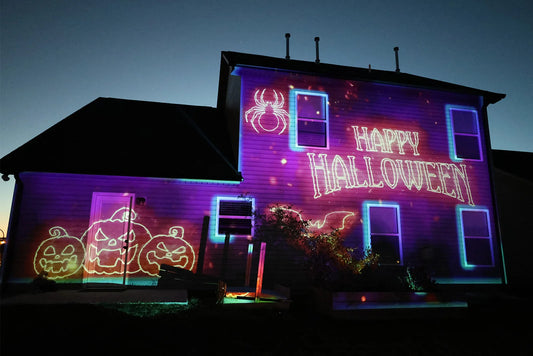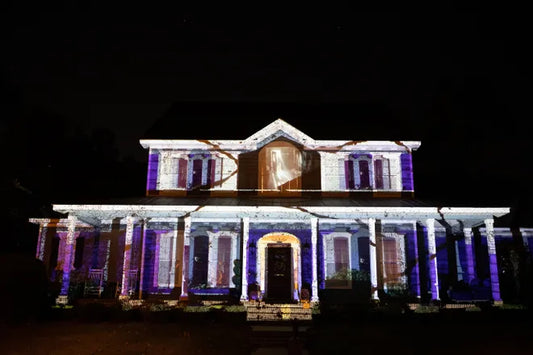Projection mapping is an increasingly popular tool for educators to engage their students in creative and interactive ways. By using projection mapping in the classroom, educators can make their lessons more engaging, memorable, and exciting for students. In this blog post, we will discuss some innovative ways that educators can use projection mapping to enhance their lessons and engage students.
- Interactive Storytelling: Projection mapping can be used to tell stories in a more immersive and interactive way. Educators can project different scenes or characters onto a surface and allow students to interact with them. This approach can make storytelling more engaging and help students better understand the story.
- Virtual Field Trips: Projection mapping can create a virtual environment for students to explore different places and cultures. By projecting images onto the walls, educators can create an immersive experience that allows students to feel as if they are actually in the place being studied.
- 3D Modeling: Projection mapping can be used to create 3D models of complex concepts or structures that are difficult to visualize. Educators can project 3D models of cells, molecules, or architectural structures onto a surface and allow students to explore them in a more interactive way.
- Music and Art: Projection mapping can be used to create interactive music and art performances. Educators can project images and videos onto musical instruments or create visual art that reacts to sound or movement. This approach can help students better understand the relationship between music, art, and technology.




